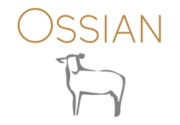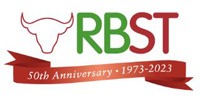
17 of 20 Stages of the Evolution of British Wool
Regenerative Farming
Farming for the last 60 years has been heavily reliant on large intensive systems, this has had such a negative impact on the environment that within 30/40 years we will see the eradication of fertile soils in the UK.
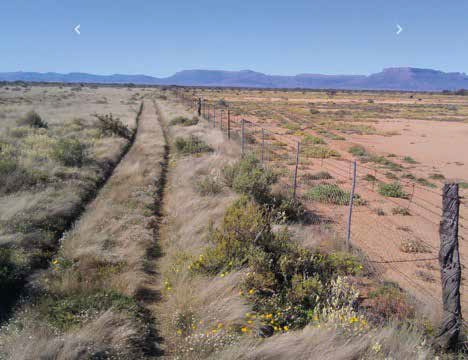
Regenerative Agriculture, can it reverse climate change?
The Savory Institute
Within 30/40 years we will see “the fundamental eradication of soil fertility” in parts of the UK. This was a statement given out by the environment secretary Michael Gove, (Van Der Zee, B 2017). This may have been influenced by a TED talk given by Allan Savory, who set up the Savory Institute, to educate farmers on the ‘Holistic Management of grasslands, resulting in regeneration of soils, increased productivity and biological diversity, as well as economic and social well-being’ Savory (global.com).
The Savory Institute has been supporting sheep farmers in the UK through initiatives to improve farming methods and they offer an accreditation system which farmers can join once they have completed the farm management course. Looking at the methods advocated by the Savory Institute they are very similar to other institutions such as the Natural Trust and Groundswell with the promotion of using grazing animals, such as sheep, as a method to help improve the biodiversity of plant life, not only fertilising the ground but also keeping scrubland at bay (national trust.org).
The importance to grasslands
The reason why grassland is so important is that it stores carbon and rainwater as well as breaking down Methane, Allan Savory goes so far as to state if the world had a 50% increase in crop growth, mixed with grazing animals, we would absorb enough greenhouse gases to take us back to pre-industrialisation levels, (Savory.global.com). Therefore, grazing animals such as sheep, incorporated into this regenerative system would have a positive impact on the environment.
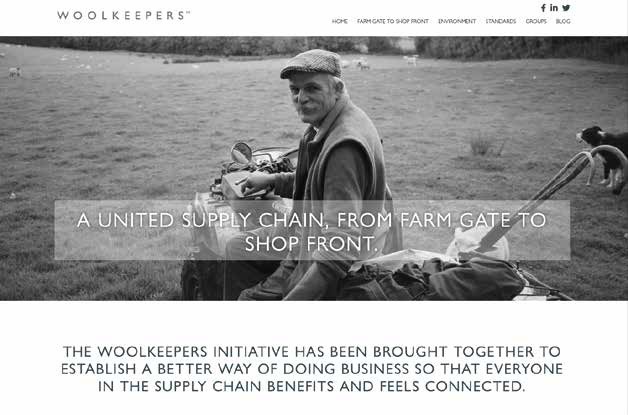
Farmers need to establish a more diverse range of products and engage with customers to build a secure future. With initiatives such as Wool keepers, see below, there is a move away from the mass produced goods. The public are becoming more interested in where their food comes from and equally who makes their clothing.
This is just the beginning but it is a sustainable future.
Organic Farming
Built on the key principles of organic culture: Health, Ecology, Care, Fairness.
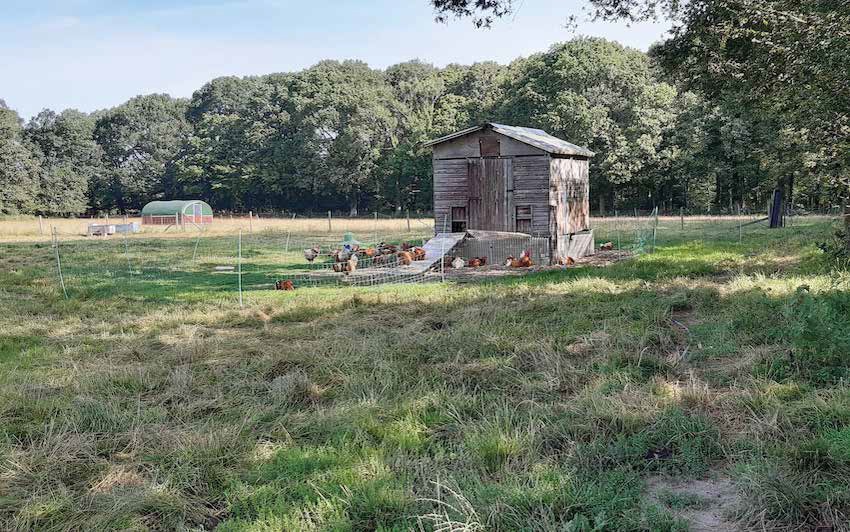
In practice this means farmers can only use a very limited number of naturally derived pesticides as a last resort, no artificial fertilisers, relying instead on manure and nitrogen rich plants like clover, no routine anti-biotics, only using those approved as a last resort.
No GM feed for their animals and farmers must achieve the highest welfare standards for their animals.
As part of my research I visited Lee House organic farm, to see organic farming methods in practice. The sheep were mostly bred for meat but unlike many modern farms they were kept for longer to sell as mutton, (which are sheep over 2 years old). The wool produced would be classified as organic and receives a premium price.
I discussed heritage breeds with the farmer and he says he will consider adding some heritage sheep breeds to his flock for wool production with fleece being the main focus.
